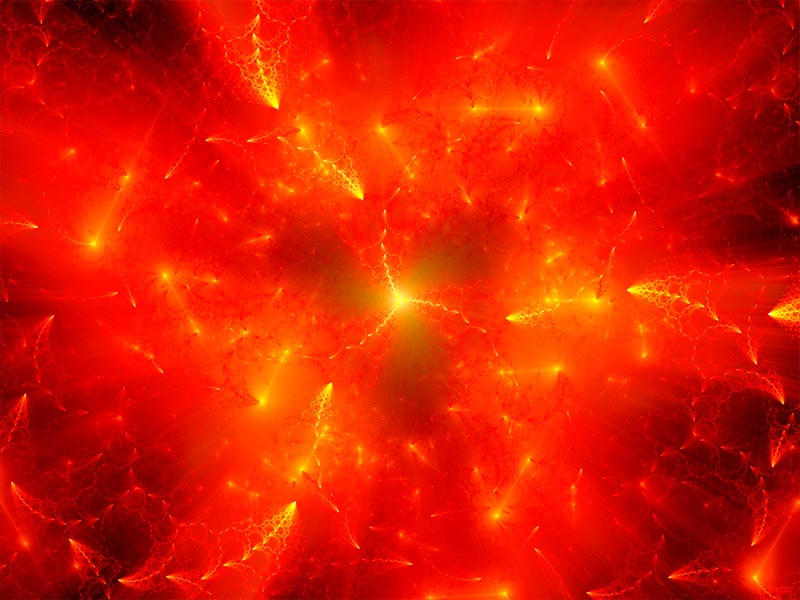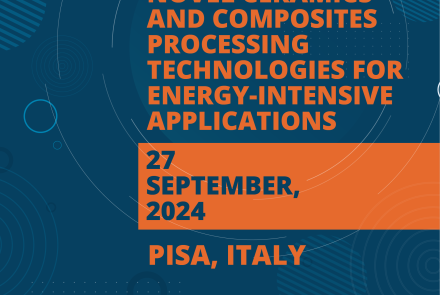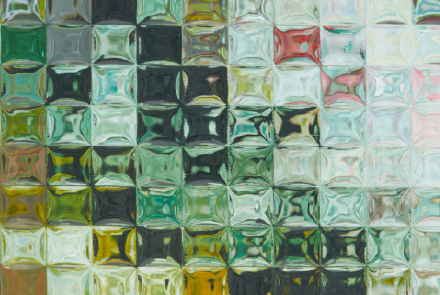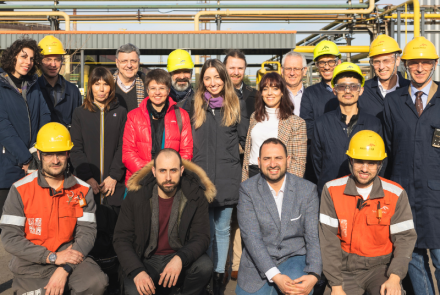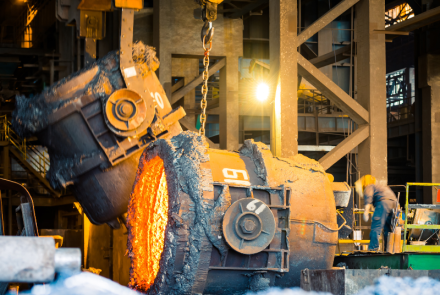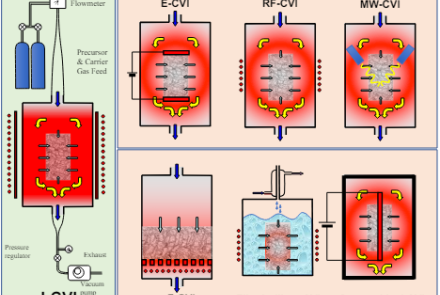From the HELM to the CEM-WAVE project: advancements in microwave chemical vapour infiltration
Science being a reiterative process, advancements made in one EU project can pave the way to new ones. Dr. Roberto D’Ambrosio tells us how EU funding helped progressing within the realm of microwave-assisted heating technology.
By Roberto D’Ambrosio (Università di Pisa, UNIPI)
Ceramic Matrix Composites (CMCs) are one of the latest and most promising solutions for high temperature applications in strategic industrial sectors, such as transport and energy. Specifically, CMCs hold substantial potential, given their high fracture-toughness, low density and high thermal stress resistance, which makes them ideal candidates to replace traditionally used metallic materials and monolithic ceramics.
In addition, CMCs answer to the world’s current need for novel materials, able to withdstand the variable and harsh production conditions created by the increasing use of renewable energy sources in heavy industry. This is why the CEM-WAVE project is betting on them.
Regrettably, high raw materials and manufacturing technology cost are among the factors slowing down the adoption of CMCs. This calls for major research efforts to develop adequate industrial solutions and novel manufacturing processes, leading to a significant reduction in processing time, and possibly unveiling continuous manufacturing routes, as well as near to net-shaped products.
Improved temperature and thermal gradients’ control are of paramount importance in the delivery of improved material microstructures and morphologies with enhanced technical performance, which could also unexpectedly reveal new material features.
UNIPI, CEM-WAVE’s Project Coordinator, has been at the forefront of research activities aimed at overcoming some of the well-known CMCs’ processing drawbacks, using microwave-assisted technology to overcome material heating challenges.
In the framework of the HELM project, funded by the European Union between 2012 and 2016, consortium partners worked to design and develop the first hybrid conventional-microwave chemical vapour infiltration (MW-CVI) pilot plant, using magnetron sources operating around 2.45 GHz.
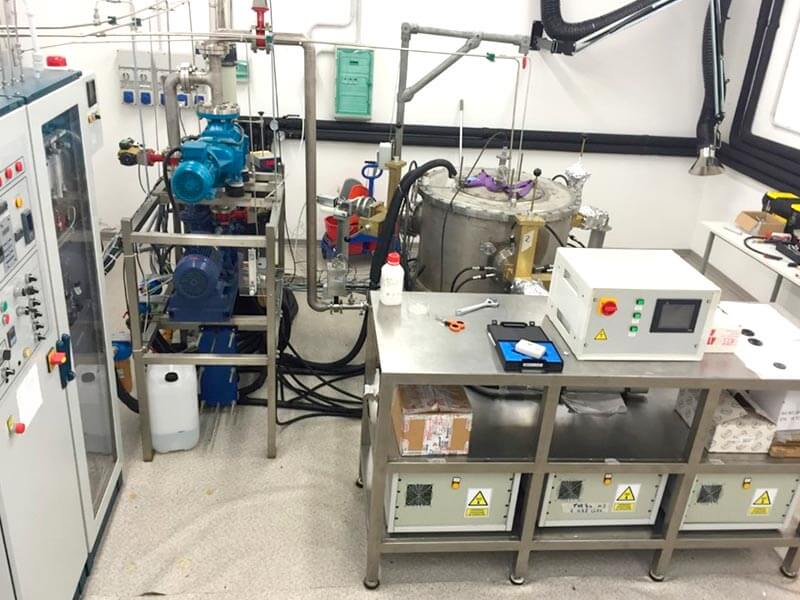
Among the material scientists, the microwave experts from academia and industry, and the dedicated chemical plant designers from the HELM project consortium we find some of today’s CEM-WAVE’s partners, like the Institute for chemical and physical processes (IPCF-CNR, Pisa, Italy), Archer Technicoat Ltd (ATL, Wycombe, UK), Fricke und Mallah microwave technology GMBH (FM, Peine, Germany) and Steinbeis Advanced Risk Technologies GmbH (R-TECH, Stuttgart, Germany).
Efficiency in transferring electromagnetic energy from the source to the work sample is a key element in the design of applicators for MW-assisted processes. Not an easy goal to achieve, since the impedance in the electromagnetic wave propagating in the system and that of the wave spreading in the sample unavoidably mismatch. This results in a partial reflection of the wave at the materials’ surface, demanding for specific strategies to control and optimize the transfer of electromagnetic energy.
Moreover, heating up samples of industrial-interest dimensions, using energy sources operating at Industrial, Scientific, and Medical (ISM) bands, requires the design of cavities that can compensate for variations in the samples’ dielectric properties, which are due to changes in temperature, during the heating stage, and in density, during processing.
Within the implementation of HELM project, consortium partners came up with an innovative approach in the design of a MW heated cavity, where relatively large CMCs samples could be efficiently heated with a good degree of predictability and replicability. This robust design allowed to prove both the technology scalability and its potential for time reduction, linked to the energy and chemical efficiency achieved during CMCs processing. The article detailing this novel method is exceptionally available for open access consultation and download from a special issue of the Journal of the European Ceramic Society (JECS) till 6 April 2021.
It is from HELM project’s motivating advances and results that CEM-WAVE was born. The prospect of making a step further in the evolution of MW-CVI technology, further expanding the use of CMCs to other energy-intensive sectors, motivated the involvement of the best European expertise in Material Science, Environmental Science, Electronic and Electromagnetic Engineering, Physics and Chemistry.
Counting on such a multidisciplinary team, CEM-WAVE now aims at using HELM project’s consolidated knowledge to validate the use of non-oxide and oxide CMCs, produced by MW-CVI, in steelmaking radiant tube furnaces, as an alternative to the currently used super-alloys. Introducing a cleaner and faster process, we estimate an energy efficiency improvement of about 30%, extending equipment’s lifespan by 20%. Using state-of-the art Life Cycle Assessment methods, CEM-WAVE also wants to demonstrate how transiting to this ground-breaking process could reduce CO2 emissions from radiant tube furnaces by at least 20%.
CEM-WAVE promises breakthroughs towards a more efficient, greener and faster way of producing the strong and resistant materials European industries need to make the full shift to renewable sources. The revolution has started, more energy-intensive sectors will surely come on board.


